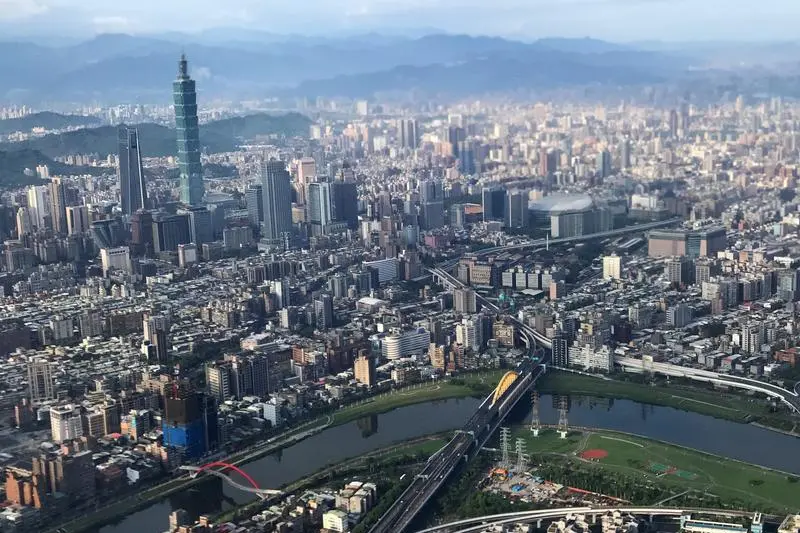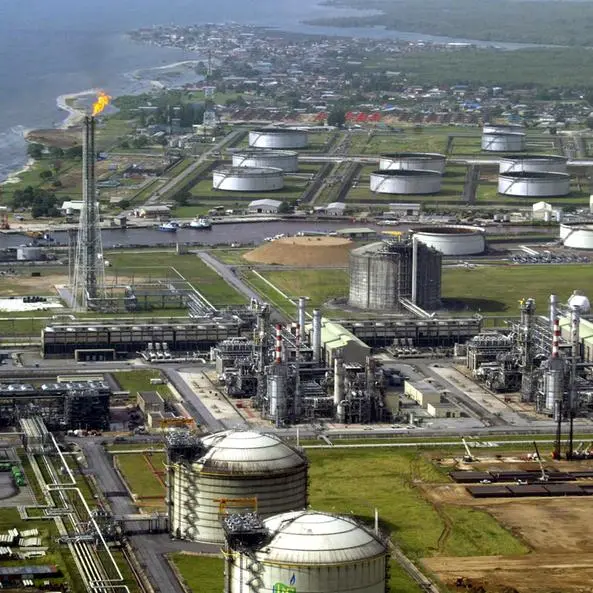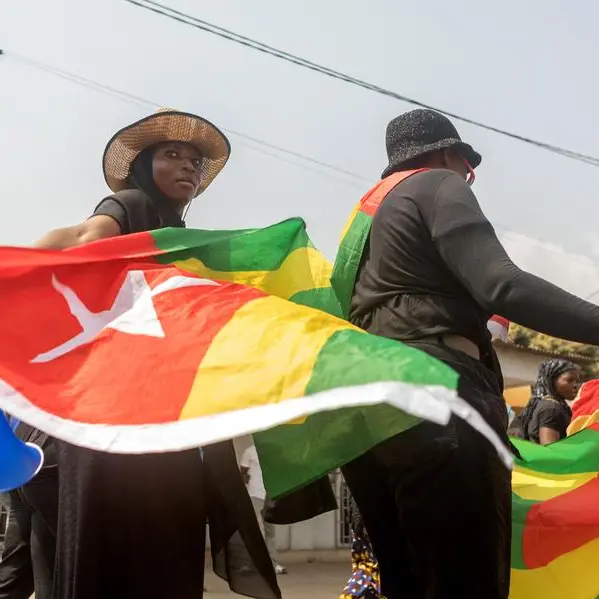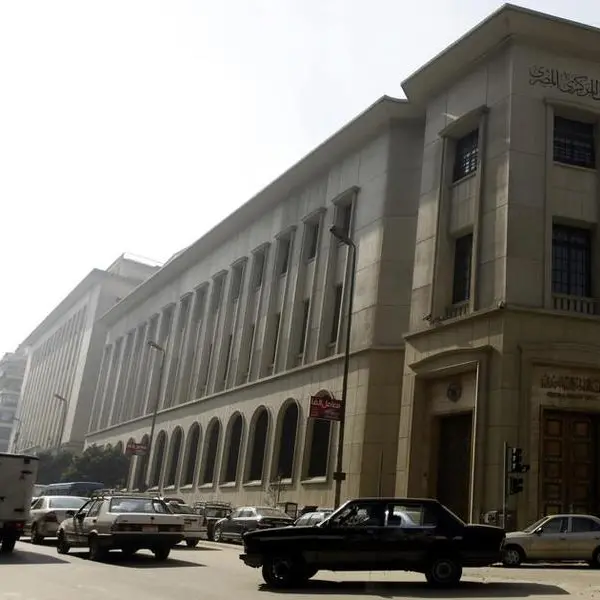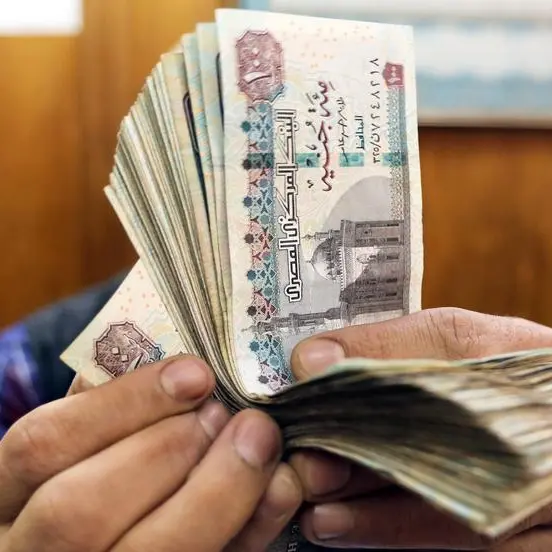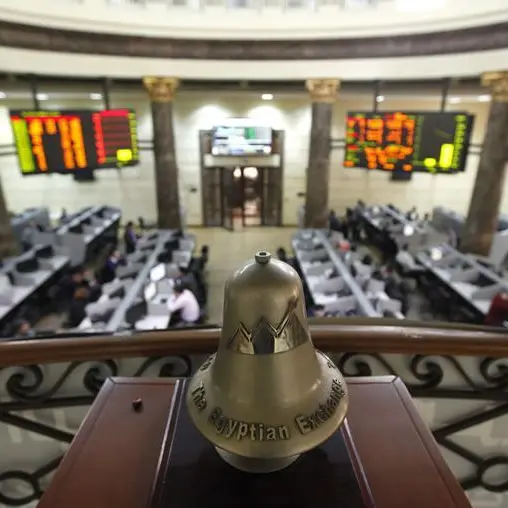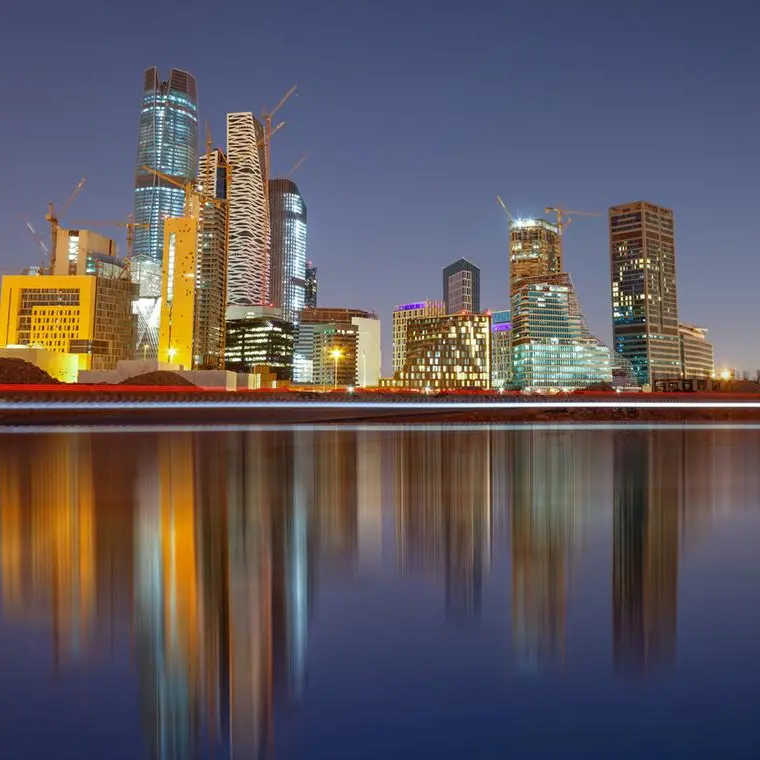PHOTO
While the public debate continues about how we can “build back better” after COVID-19 there are already signs that the two biggest world powers are reverting to their old normal — with Taiwan caught in the crosshairs of their ideological, geopolitical and economic competition.
In response to recent US moves to reinforce its ties with Taiwan, China dispatched 25 military aircraft into Taiwanese airspace in April, including fighter jets and H-6K bombers capable of carrying nuclear weapons.
It was the largest such incursion since Taiwan last year began reporting these almost daily occurrences. There has even been talk of a Chinese invasion; the US responded by advising Taiwan to buy American-made defense systems.
One way to de-escalate the current tensions and avoid a potential conflict is to shift the frame of reference; for the world to draw on Taiwan’s role as a provider of solutions for global health resilience, and challenge China not to obstruct this.
In December 2019 Taiwan was one of the first places to sound the alarm about human-to-human transmission of a new disease that looked a lot like SARS. It began to carry out health checks on passengers arriving from Wuhan on Jan. 1 last year and closed its borders to all Chinese and international travelers a month later.
It quickly reported its findings to global health watchdog the World Health Organization (WHO) through its International Health Regulations (IHR) mechanism. Because Taiwan is not a member of the WHO, however, the IHR prevented countries from accessing key information that had been provided by Taiwan’s Centers for Disease Control.
Without resorting to lockdowns or intrusive contact-tracing apps, and despite a recent surge of locally transmitted cases, there have been only 2,015 confirmed cases of COVID-19 and 12 deaths among 24 million inhabitants in Taiwan’s densely populated cities. Its economy remained open, and gross domestic product in 2020 grew by just under 3 percent. Bloomberg named Taiwan’s President Tsai Ing-wen one of the 100 most influential people in the world for her handling of the pandemic.
Yet in October last year Taiwan was not invited to attend the World Health Assembly (WHA) as an observer. It has not been allowed to participate in WHO-related meetings, activities or mechanisms, including the organization’s Western Pacific Regional Office. Nor will it be permitted to participate at the 74th World Health Assembly, which will meet from May 24 to June 1.
The WHA’s Independent Panel for Pandemic Preparedness and Response (IPPPR), which is reviewing COVID-19 countermeasures and gathering opinions from experts and stakeholders worldwide, also has excluded Taiwan as a contributor.
The reasons for these omissions are as predictable as they are nonsensical. The People’s Republic of China insists on denying what it sees as its renegade cousin any new form of legitimacy that might stoke the fires of independence among the people of Taiwan.
And yet Taiwan’s dynamic and successful modern democracy deftly manages its “ambiguous” status. Neither independent nor reunified with China, it has transitioned over the past 50 years from a humble textile and food economy with an electronics industry characterized by cheap “Made in Taiwan” alternatives, to world-leading information and communications technology, biotechnology and healthcare industries.
It produces 80 percent of the world’s microchips and semi-conductors — indispensable in the manufacture of all things digital, from smart phones and supercomputers to pacemakers — and is considered to be years ahead of both China and the US in terms of chip-manufacturing capabilities.
It is leading the world on social innovation and democratic digital governance, has one of the most advanced regulatory systems for responsible technology, and allocates 7 percent of its annual budget to the development of “ethical hacking” and cybersecurity.
So could Taiwan’s performance in managing the coronavirus pandemic now provide a way to help de-escalate rising geopolitical tensions?
Engaging Taiwan as a global health partner within the WHO — and leveraging its industrial tech competitiveness to support international cooperation in disease prevention, medical innovation and digital healthcare — could be accomplished without challenging the ambiguous nature of its diplomatic status.
Taiwan already has a presence in the World Trade Organization, as a recognized customs territory, without challenging China’s membership. Neither does its presence as a sports organization on the International Olympic Committee cause any problems.
Having Taiwan active within multilateral platforms and agreements in the area of global health would not conflict with China’s desire to be a trusted partner in the “community of common destiny” on issues such as global health, climate change and the re-structuring of global supply chains in a post-pandemic era.
On the contrary, adopting a conciliatory position would enhance China’s global reputation.
The IPPPR’s first report, published last week, recommends setting up a Global Health Threats Council with greater surveillance powers outside governments that could publish information about disease outbreaks. This could be the perfect mechanism through which to engage Taiwan’s expertise in improving the state of global health resilience.
Otherwise, the risk is that Taiwan will remain the focus only of geopolitical competition and insecurity, an island besieged by ever-more lethal defense and attack systems and cyber-paranoia.
Inclusion in non-military multilateral mechanisms might not guarantee long-term solutions to the Taiwan dilemma, which is possibly now the world’s greatest existential threat, but it could help to ease tensions and reduce the threat of invasion.
- Trisha De Borchgrave writes for print and online media and is based in the UK. Twitter: @TrishadeB
Copyright: Arab News © 2021 All rights reserved. Provided by SyndiGate Media Inc. (Syndigate.info).
